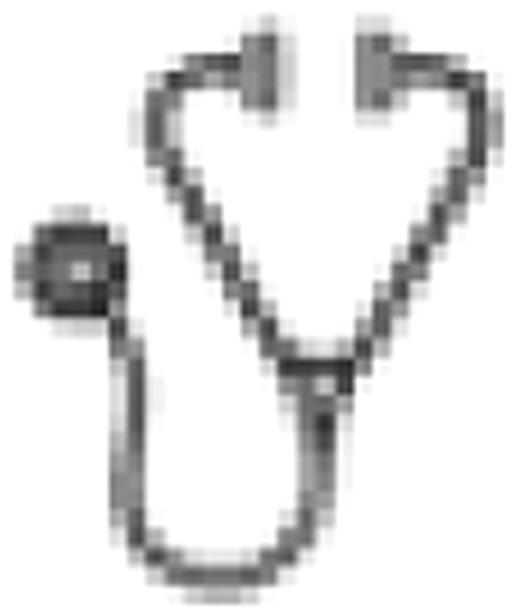Abstract
Abstract 2258
Prior use of lenalidomide beyond 6 cycles of therapy in the treatment of multiple myeloma (MM) has been shown to negatively impact stem cell yield, but this phenomenon can be overcome with the addition of high-dose cyclophosphamide to standard G-CSF mobilization. We hypothesized that the use of plerixafor (Mozobil®) would compare similarly to chemotherapy in rescuing the ability to collect stem cells in lenalidomide-treated myeloma.
We performed a retrospective study comparing the efficacy of plerixafor + G-CSF mobilization (PG) to chemotherapy + G-CSF (CG) (either high-dose cyclophosphamide at 3g/m2 or DCEP [4-day infusional dexamethasone/ cyclophosphamide/ etoposide/cisplatin]) in 49 consecutive stem cell collection attempts in patients with MM exposed to prior lenalidomide. The primary endpoint was the ability to collect sufficient stem cells for at least two transplants (minimum 5×106 CD34+ cells/kg), comparing results in terms of total exposure to lenalidomide and time elapsed from lenalidomide exposure until the mobilization attempt. The secondary endpoint was number of apheresis days required to meet collection goal.
Twenty-four patients underwent PG mobilization and twenty-five with CG (21 with G-CSF + cyclophosphamide, 4 with G-CSF+DCEP). The two groups did not differ in terms of total amount of lenalidomide exposure: median number of lenalidomide cycles for patients mobilized with PG was 6.5 (range 1.2–86.6), vs. 6 (range 2–21.6), for patients mobilized with CG (P = 0.663). The median time between mobilization and last lenalidomide dose was also similar between the two groups: 57.5 (range 12–462) days for PG vs. 154 (range 27–805) days for CG (P = 0.101). There was an equivalent rate of successful collection of 100% for PG and 96% for CG, P = 0.322. One patient failed collection in the CG group due to emergent hospitalization for septic shock during a period of neutropenia; no patient collected with PG had a serious adverse event that interrupted the collection process. Stem cell yield did not differ between the two arms (13.9 vs. 18.8 × 106 million CD34+ cells/kg for PG vs. CG respectively, P = 0.083). Average time to collection goal was also equal, with a median of time of 1 day required in both groups, (range 1–2 days for PG, 1–5 days for CG, P = 0.073). There was no relationship between amount of lenalidomide exposure and stem cell yield with either PG (P = 0.243) or CG (P = 0.867).
A plerixafor + G-CSF mobilization schedule is equivalent in efficacy to chemotherapy + G-CSF in obtaining adequate numbers of stem cells for two autologous stem cell transplants in patients with MM exposed to lenalidomide; however, PG may be a less toxic approach than chemomobilization. Number of lenalidomide cycles has no impact on chances of stem cell collection success using either method.
Mark: Celgene Corp: Speakers Bureau; Millenium Corp: Speakers Bureau. Zafar: Celgene Corp: Speakers Bureau. Niesvizky: Celgene: Consultancy, Membership on an entity's Board of Directors or advisory committees, Research Funding, Speakers Bureau; Millenium: Consultancy, Membership on an entity's Board of Directors or advisory committees, Research Funding, Speakers Bureau; Onyx: Consultancy, Research Funding.

This icon denotes an abstract that is clinically relevant.
Author notes
Asterisk with author names denotes non-ASH members.

This feature is available to Subscribers Only
Sign In or Create an Account Close Modal